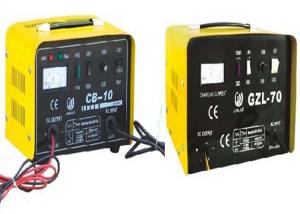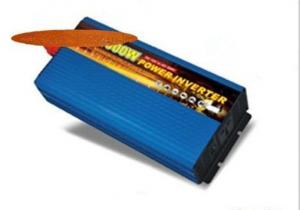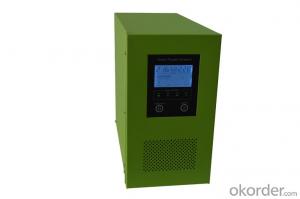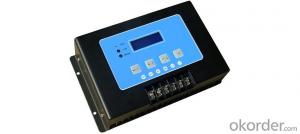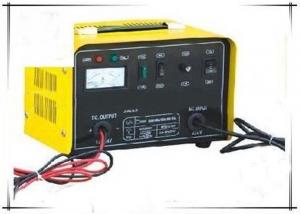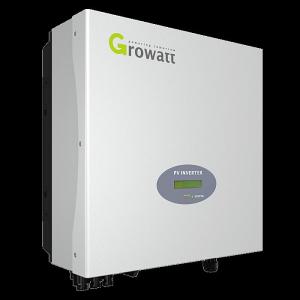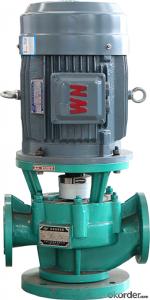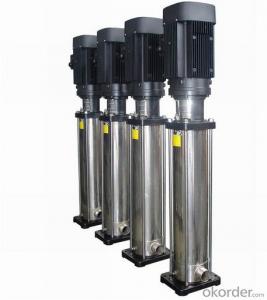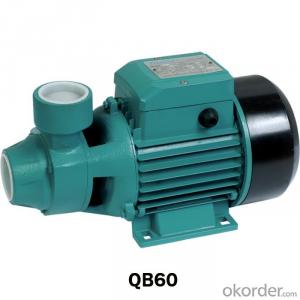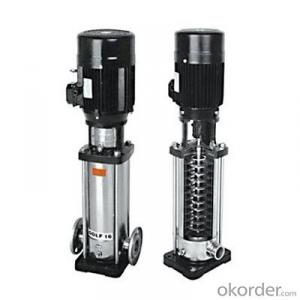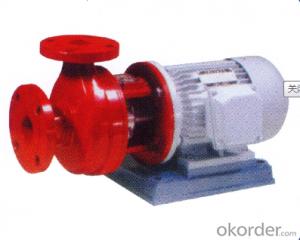Hybrid Solar Inverter Charger
Hybrid Solar Inverter Charger Related Searches
Hybrid Solar Charger Inverter Hybrid Inverter Charger Solar Solar Inverter Charger Solar Power Inverter Charger Hybrid Solar Power Inverter Hybrid Solar Inverter Solar Hybrid Inverter Solar Inverter Hybrid Inverter Solar Hybrid Inverter Hybrid Solar Solar System Hybrid Inverter Hybrid Inverter Solar Inverter Charger Solar Solar Charger For Inverter Solar Charger Inverter Solar Charge Inverter Solar Charger With Inverter 12v Solar Inverter Charger Buy Hybrid Solar Inverter Inverter Battery Solar Charger Solar Inverter Chargers Best Solar Inverter Charger 12 Volt Solar Inverter Charger Hybrid Solar Inverter System Solar Panel Hybrid Inverter Solar Charger Inverter Combo Smart Hybrid Solar Inverter Solar Inverter Charger 12v Solar Edge Hybrid Inverter Inverter With Solar ChargerHybrid Solar Inverter Charger Supplier & Manufacturer from China
Hybrid Solar Inverter Charger is a versatile product that combines the functionalities of a solar charger and an inverter, making it an essential component for various renewable energy systems. This device allows users to harness solar energy and convert it into usable power for a wide range of applications, such as charging batteries, powering electronic devices, and supporting off-grid living.The Hybrid Solar Inverter Charger is widely used in various scenarios, including camping, boating, and emergency power backup. It is particularly beneficial for individuals who rely on solar power as their primary energy source or those who need a reliable backup power supply in case of power outages. This product is also popular among those who are environmentally conscious and seek to reduce their carbon footprint by utilizing clean, renewable energy sources.
Okorder.com is a reputable wholesale supplier of Hybrid Solar Inverter Chargers, offering a vast inventory of high-quality products at competitive prices. With a commitment to customer satisfaction, Okorder.com ensures that customers receive reliable and efficient solar power solutions for their specific needs.
Hot Products










